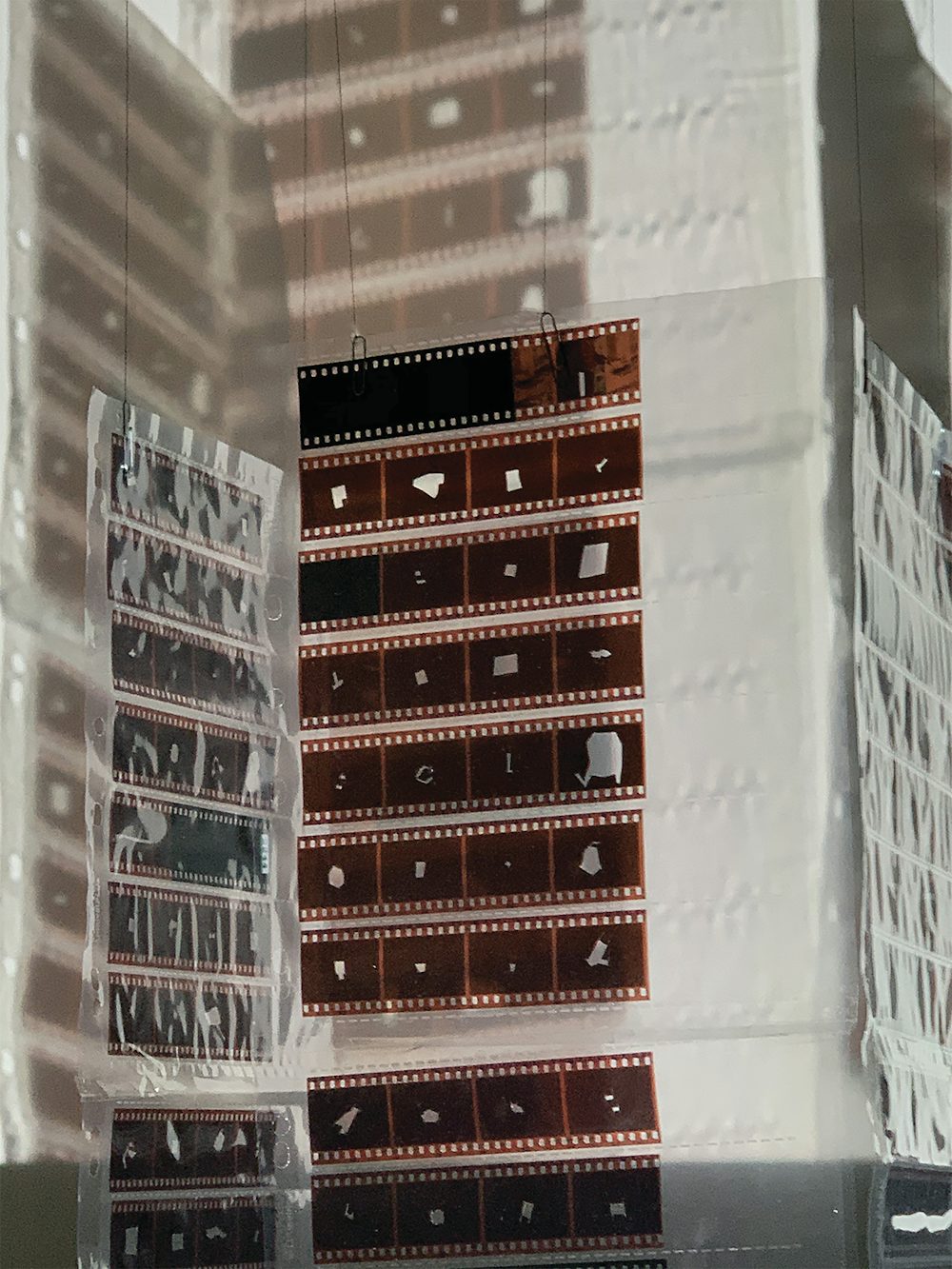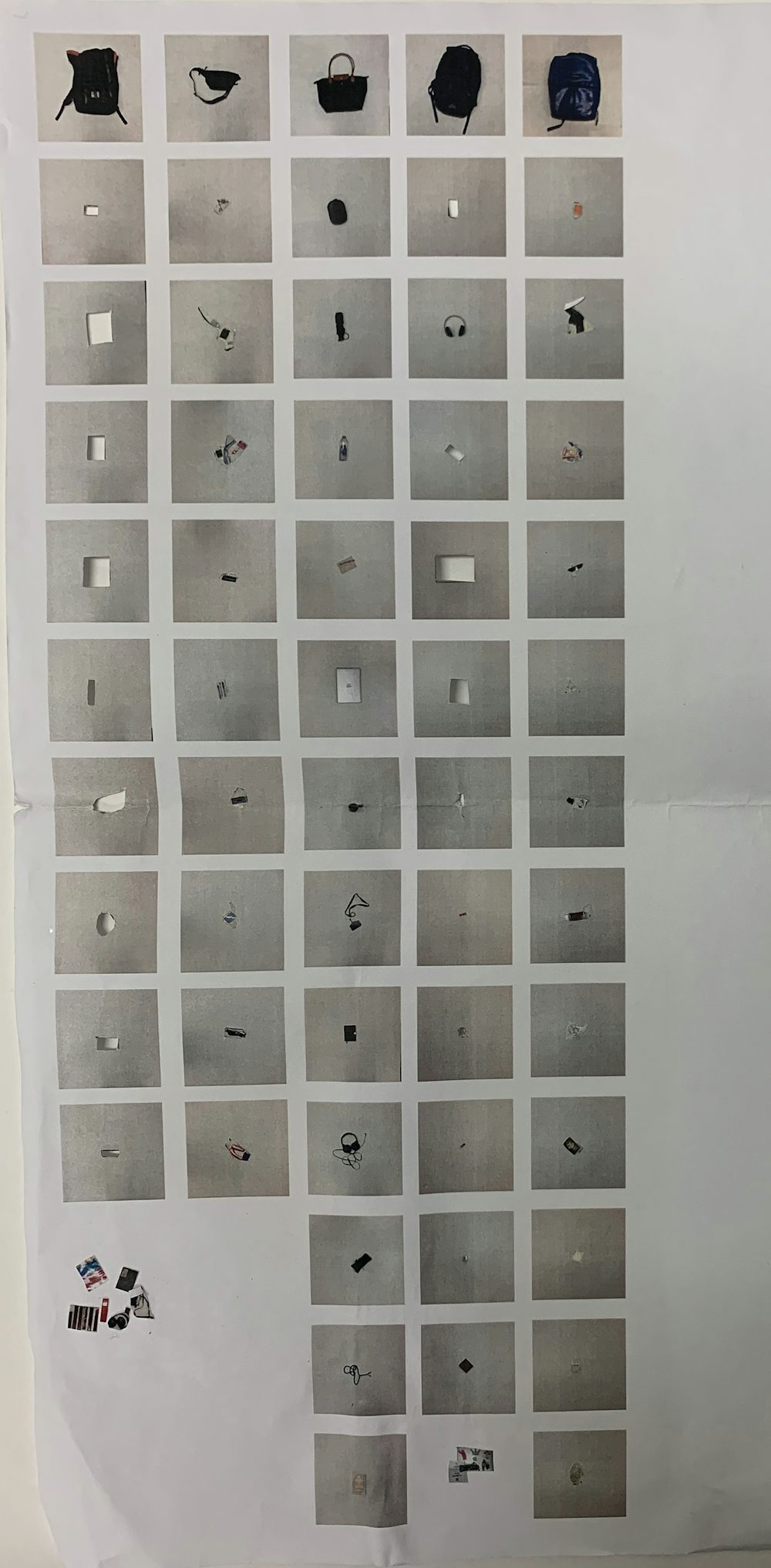Abdulrahman Hassan
"Potterthorne"
Section MS8, Tania Lopez Winkler
Keywords: memory, narrative, photography, objects, installation
Potterthorne, the traveler, collects one item from each country he visits. He either ships it home if he is still on the road for a while or pack it in his backpack to bring it back with him. The narrator likes to buy larger items like statues or drums and sometimes small items like little trinkets depending on the value of the object. That way the items Potterthorne collects from his adventure become a part of a build up for his non-existent house.
The collected items in my project are portable, personal items from the traveler’s bagpack. My mediation starts with photographing the arbitrary items in scale, taken from top view with a white background. These photographs were displayed in order. Values and meanings associated with photographs will be determined by the viewer. To ensure that the photo data of the objects is engaging, it was necessary to explore the construction of meaning. The outline of the objects is removed out from the paper, creating a void and this led to experimentation with light and shadow. This process allowed me to explore how two-dimensional objects can be translated into three-dimensions.
The void spaces of the items projected into the wall convey absent memory. They translate into unique collections of ambiguous objects which are a cue to tell lost stories. The installation proposes the void as a cue to restore the memory. The visual representation of the void spaces can be viewed as a memory archive. The absent memory archive can reflect on the way the viewer reconstructs their sense of the past. The installation explores the phantasmagoria, the fragmentation and how when you take something out of context it becomes something else.
The experimental installation of light and shadows has raised a few thoughts around representations of memory and how the void objects may be seen as a cue. It has been said that there can be no memory without cues prompting memories that are associated with them. As a traveller, having such objects can be considered vital and almost necessary in order to be able to keep one's experiences alive. The void space projected into the wall can address the notion of history through the silhouette.
Later, I create a memory archive storage in a subjective way. The archive storage can be connected to all forms of memory: Historical, traces, collective, sensory... The process of mediation is translating the photo data of personal experiences into a large-scale piece using light and shadows. Incorporating void spaces of arbitrary items of the traveller, the installation could evoke a theme of absence. The final outcome of individual memories, might prove to be fragile, they are still filled with truthful yet an ambiguous image. The traveller sometimes faces the difficulty of not being able to remember the stories they want to tell. The experimental installation challenges how void memory spaces can be exhibited as absence.


